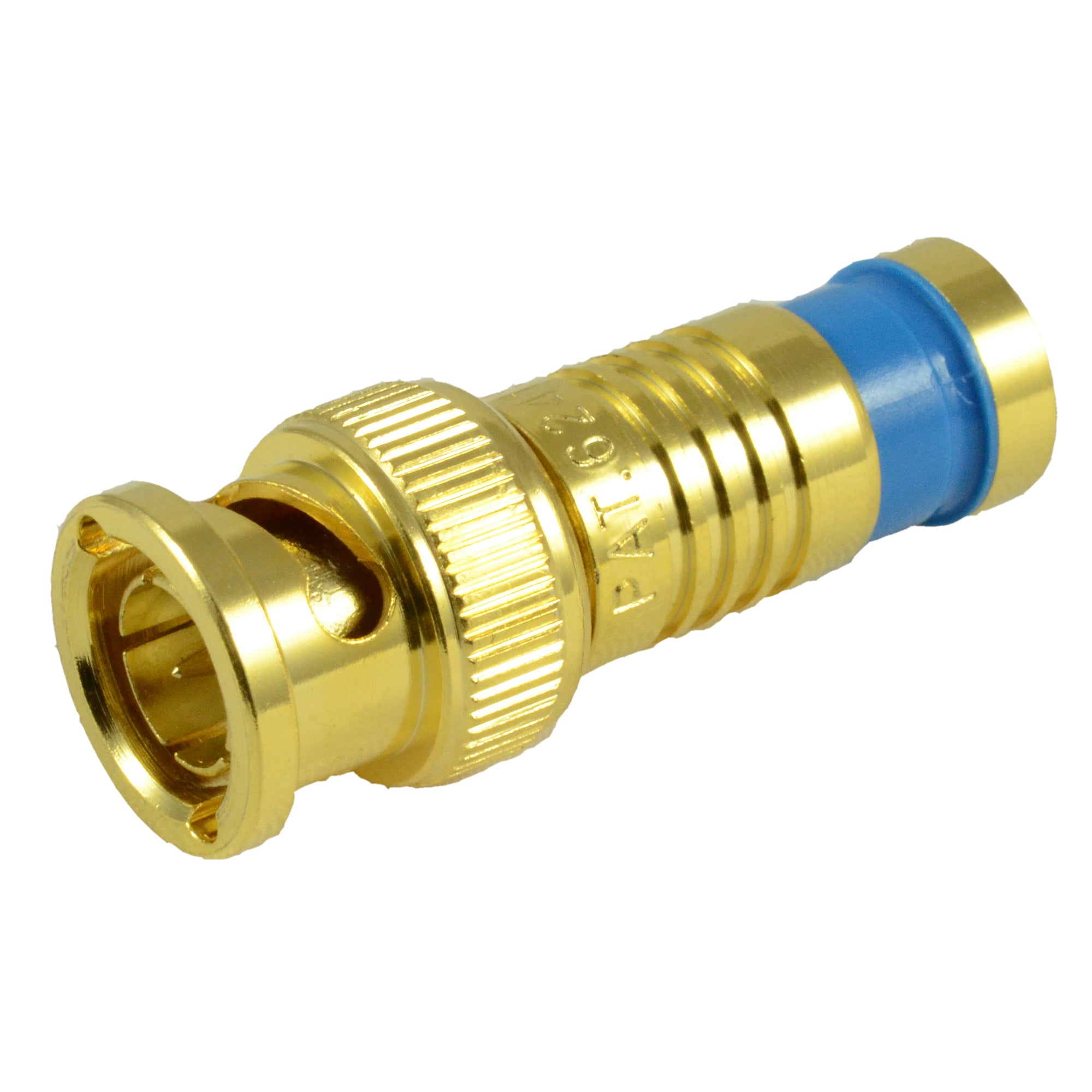Most connectors today (of the various kinds) are idiot-proof. Meaning two things to me: the user can only plug the connector in correctly as an incorrect attempt will simply not insert, and the second idiot-proof feature is a latch that snaps audibly with a satisfying, tactile "click" when properly seated.
This is not something new or strange and bizarre. Naturally, you wonder how any GPU company overlooks this entirely in a $1600+ product line, no less. If it is true that incomplete insertion is the cause of the electrical problem, then apparently no attention was given this fact during design and marketing. Since nVidia confirms that it was aware of the problem prior to shipping, it simply adds mystery to the situation. But, otoh, if the designer knew that incomplete insertions explained only a fraction of the "melting plug" problems, then that could explain why an idiot-proof plug was apparently not considered prior to shipping.
Just very surprising to see this, imo.





